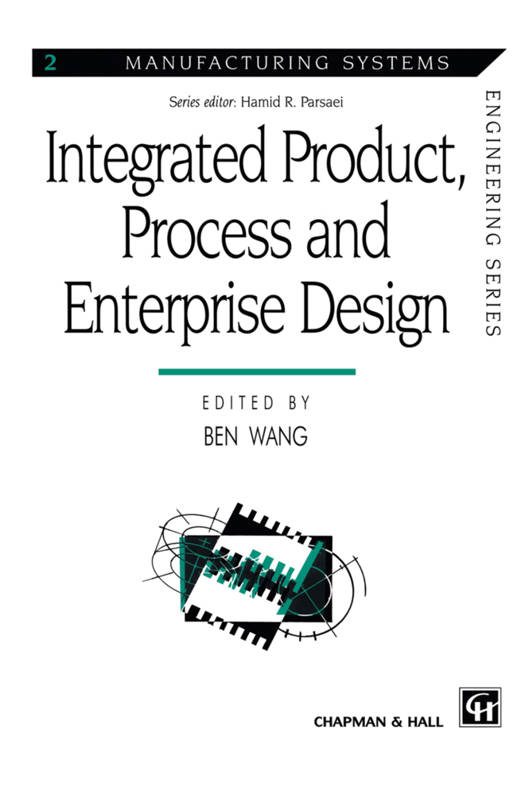
- Afhalen na 1 uur in een winkel met voorraad
- Gratis thuislevering in België vanaf € 30
- Ruim aanbod met 7 miljoen producten
- Afhalen na 1 uur in een winkel met voorraad
- Gratis thuislevering in België vanaf € 30
- Ruim aanbod met 7 miljoen producten
Zoeken
Integrated Product, Process and Enterprise Design
€ 349,45
+ 698 punten
Omschrijving
The need exists in the private sector and government manufacturing sites to reduce product development time, production lead times, inventory, and non-value added activities. At the same time, there is increased pressure to improve manufacturing process yields, produc- tion efficiency, and resource utilization. Much of the technology required to meet these needs already exists, but an integrated structure that can demonstrate the potential for the technology in a concurrent engineering context does not. This book provides a road map for building the integrated technology environment to evaluate existing products, manufacturing processes and system design tools. This book details innovative approaches that will significantly improve design/manufacturing technology development and deploy- ment capabilities for civilian and defense applications. These approaches are integrated product, process, and system design (IPPSD) initiatives which will greatly enhance the manufacturing competitiveness of the economy. These approaches involve the use of simulation, modeling tools and computerized virtual workstations in conjunction with a design environment which allows a diverse group of researchers, manufacturers, and suppliers to work within a comprehensive network of shared knowledge. The IPPSD infrastructure consists of virtual workstations, servers and a suite of simulation, quantitative, computa- tional, analytical, experimental and qualitative tools. Such an IPPSD infrastructure will permit effective and efficient predictions of complete product design, manufacturing proces design, and customer satisfac- tion.
Specificaties
Betrokkenen
- Uitgeverij:
Inhoud
- Aantal bladzijden:
- 492
- Taal:
- Engels
- Reeks:
- Reeksnummer:
- nr. 2
Eigenschappen
- Productcode (EAN):
- 9780412620201
- Verschijningsdatum:
- 31/08/1997
- Uitvoering:
- Paperback
- Formaat:
- Trade paperback (VS)
- Afmetingen:
- 156 mm x 234 mm
- Gewicht:
- 884 g

Alleen bij Standaard Boekhandel
+ 698 punten op je klantenkaart van Standaard Boekhandel
Beoordelingen
We publiceren alleen reviews die voldoen aan de voorwaarden voor reviews. Bekijk onze voorwaarden voor reviews.










